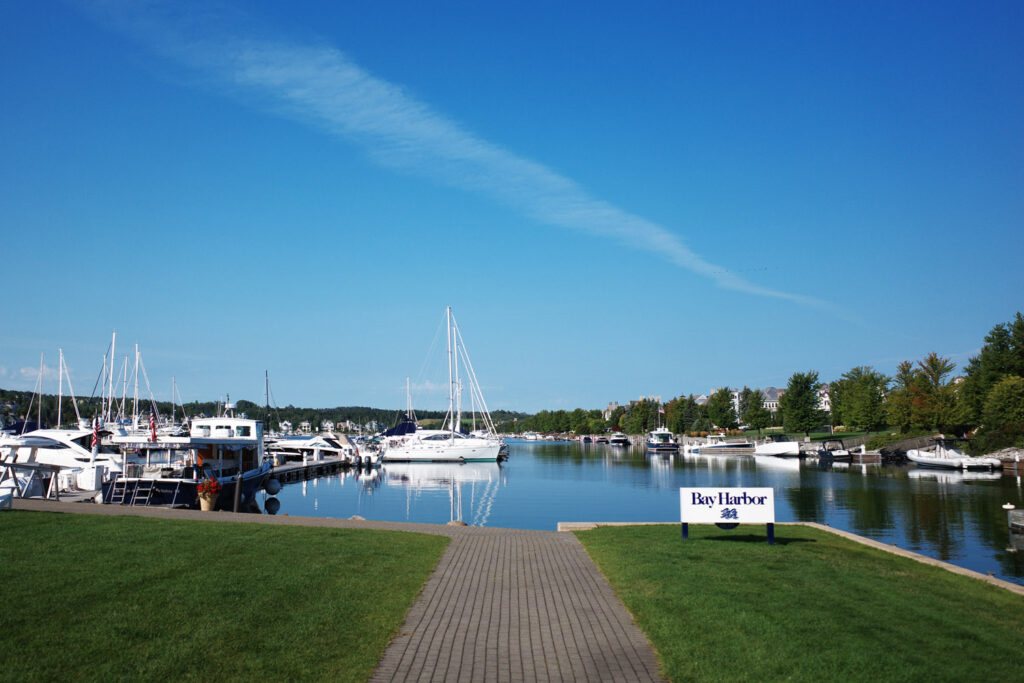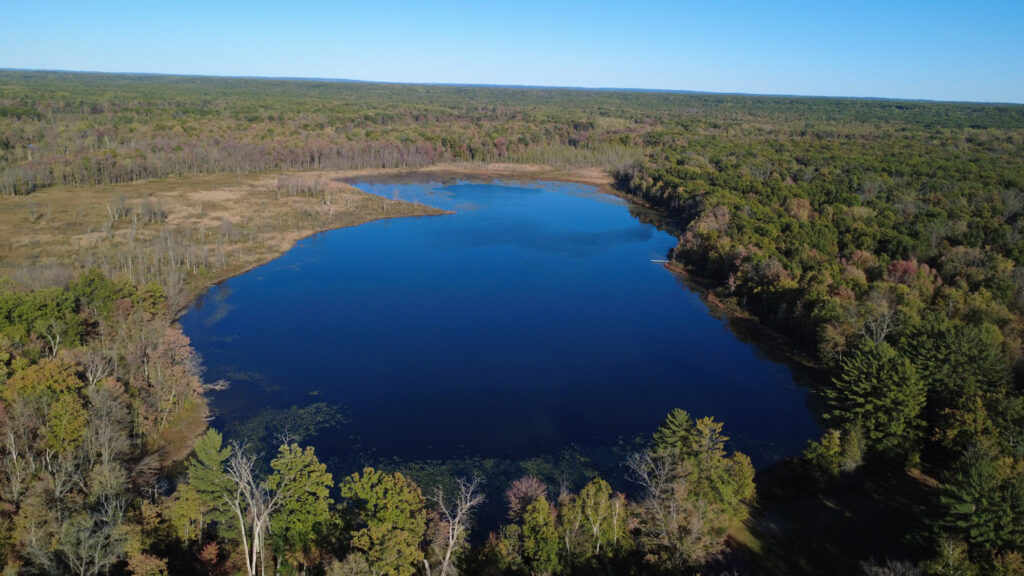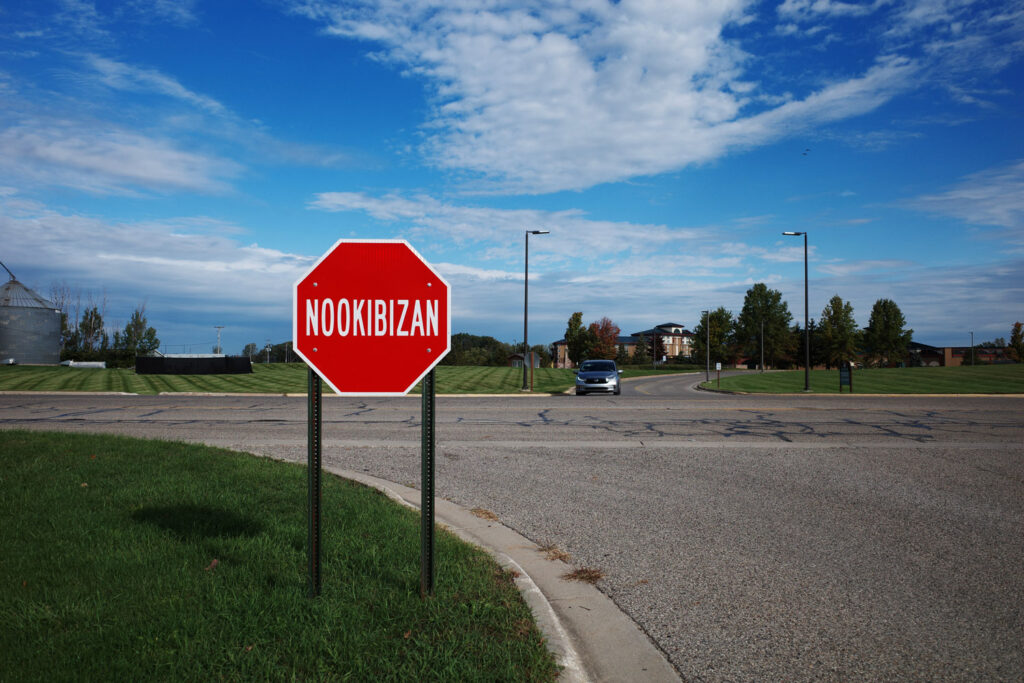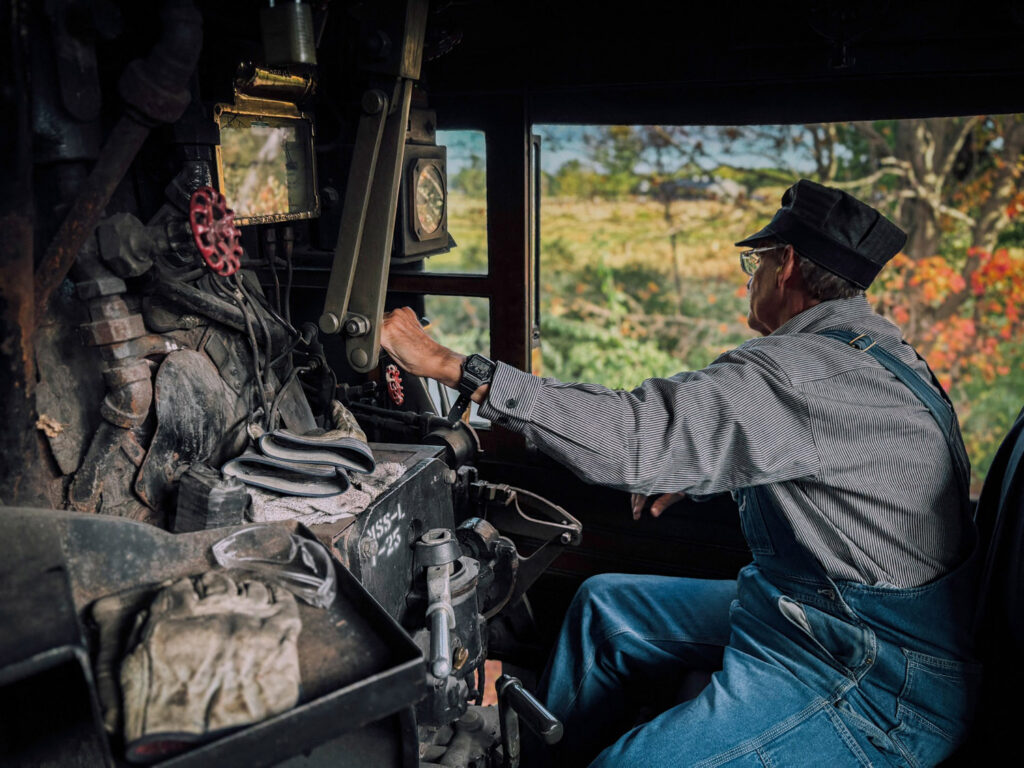Bay Harbor — Bay Harbor is a pristine settlement just west of Petoskey, right on Lake Michigan. The houses are newly built and full of large banks of windows overlooking over the bay. The location is, without question, incredible. There’s bright siding, little golf carts alongside SUVs, perfectly manicured grass in front of every house, and well-maintained roads with a speed limit of a peculiar 23 mph. Bay Harbor, on paper, is perfect.
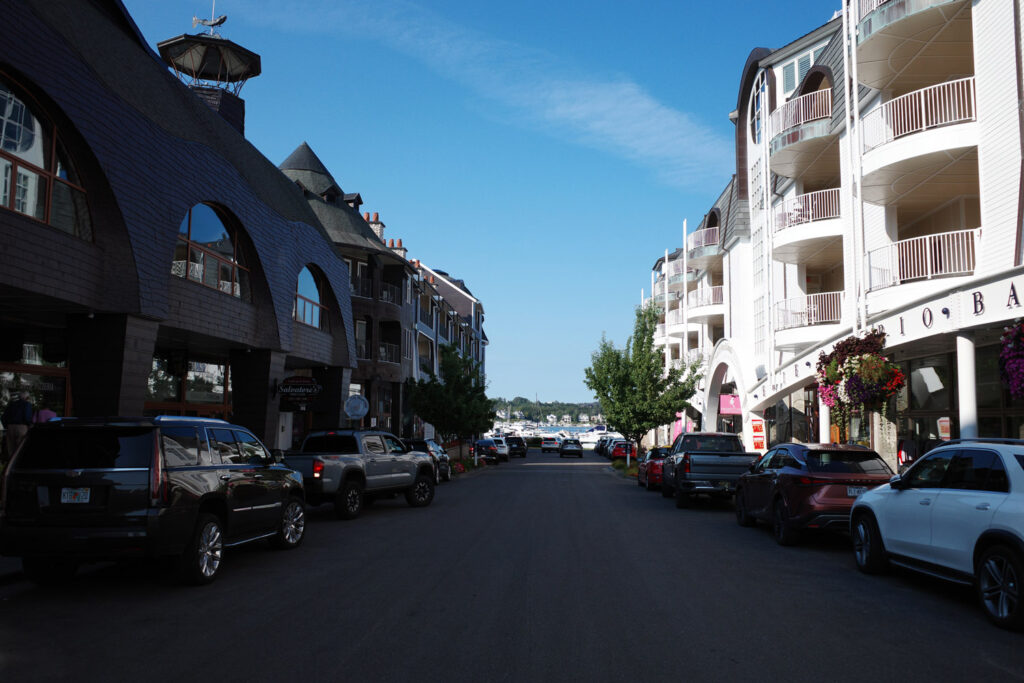
There’s a shopping district, a couple of bars and restaurants, some clothing shops and art galleries, real-estate offices and yacht sales. Main Street ends at the harbor, where boats are docked in long lines. Brandy’s Harbortown is a bar right next to the shore. On a summer’s day, looking over the full harbor, the bright light and blue water, the big houses across the way, it seems, for a moment, just right.
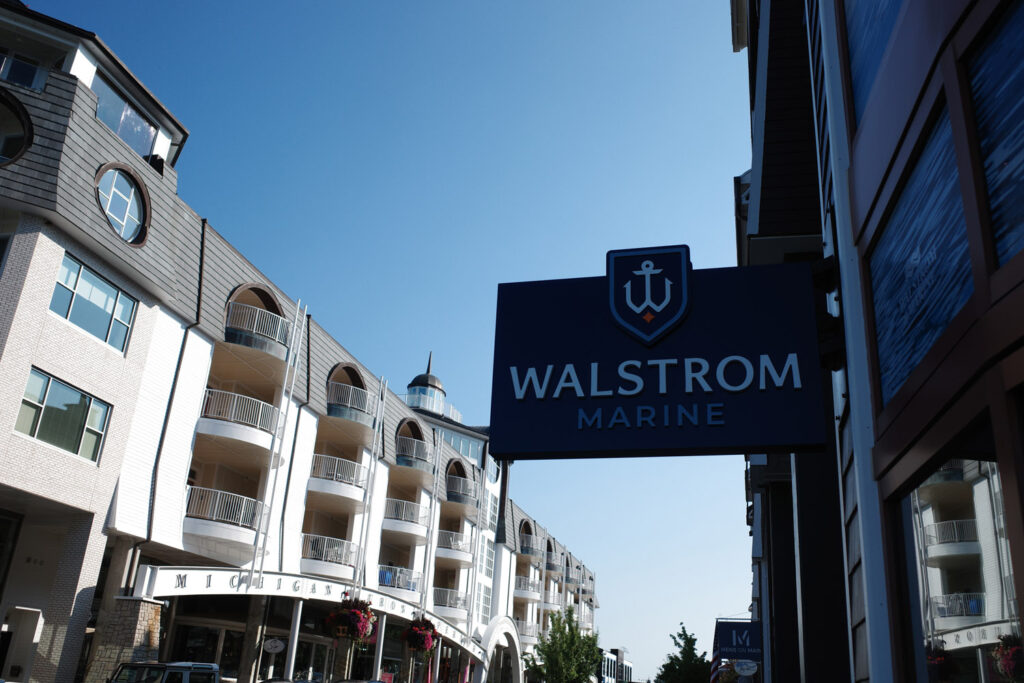
But something is a little off. Paper doesn’t match reality, at least not entirely. Yes, it does feel nice walking around Bay Harbor. And of course, it feels safe. It’s so clean and orderly, you could probably just sleep right on the sidewalk and everything would be just fine.
But it just doesn’t feel real. That’s the part that’s a little off-putting. It’s new, but new isn’t real. It’s safe, but safe isn’t real. Real is something else, and while we have a sense for it, it’s hard to explain.
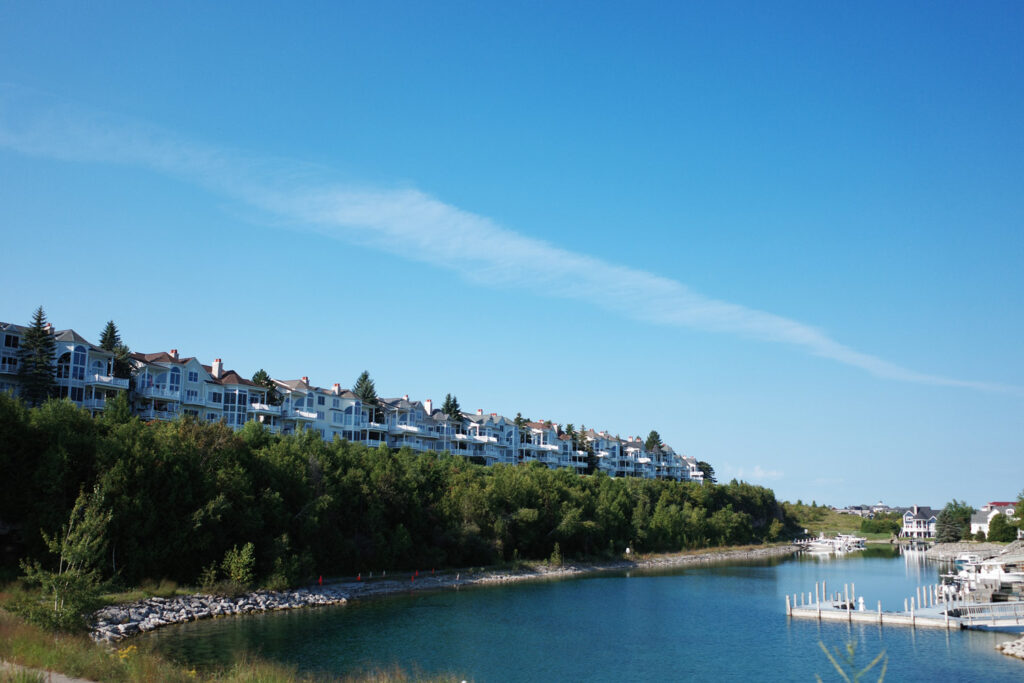
Of course, places that are safe and nice can be real too. Petoskey, Harbor Springs, and Charlevoix are safe, nice, and real. Places that are new are less likely to be real, and places that are perfect are almost never real, because reality isn’t perfect, the world isn’t perfect, and people aren’t perfect. A shopping mall—that’s perfect.
If you spend a little time walking around Harbor Springs, you’ll see that it’s a nice place, but it isn’t exactly a perfect place. Some of the houses are old, and the owners keep them alive because they love the history they hold. The shops weren’t centrally planned, and not everything matches. Turkey’s Pizza is on the first floor of an old pink building. There are stairs that run along the side up to an apartment. The outdoor seating is quaint and the screen door is rickety. It’s beautiful, and it’s real.
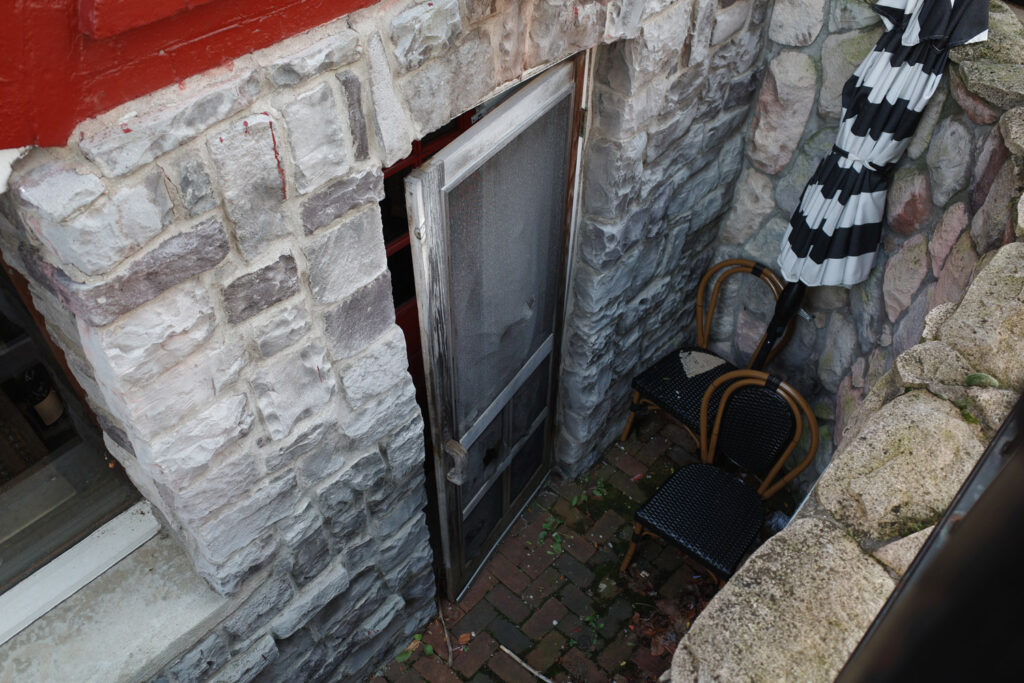
There are little alleyways in Petoskey that cut through blocks and between stores. Old exposed bricks and garbage cans, paint chipping after many winters. On top of a tall building downtown, the words “Normal Business College” are painted just below the roof. The gradually fading words, painted more than a century ago, are real.
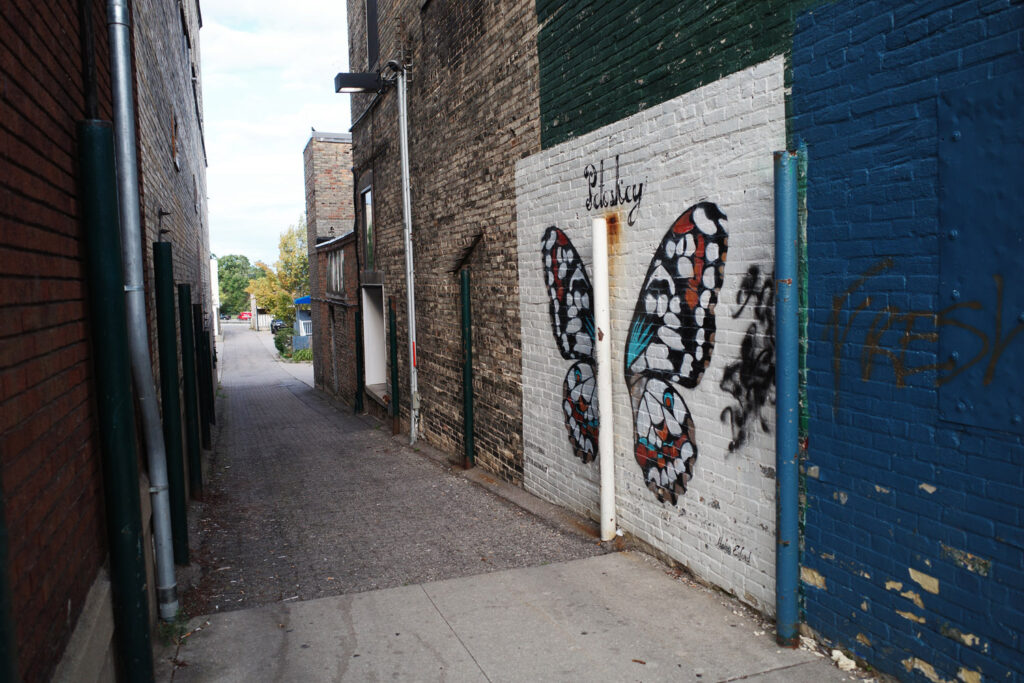
Charlevoix too is, of course, real. It’s gorgeous there, but the shops downtown feel like they were sort of just sandwiched in over the years. Like a bookshelf that keeps getting stuffed with more and more paperbacks, it feels like it’s going to break, but it doesn’t. Everything looks nice, but nothing looks uniform. There’s a character that can only come with time.
It’s not Bay Harbor’s fault that it isn’t a century old. You can’t rush time, and, after all, everything and everyone was young once. Even the Colosseum in Rome was once without blemishes. But did everything once feel new and oddly unreal? Is there a deeper problem with our modern planning and design?
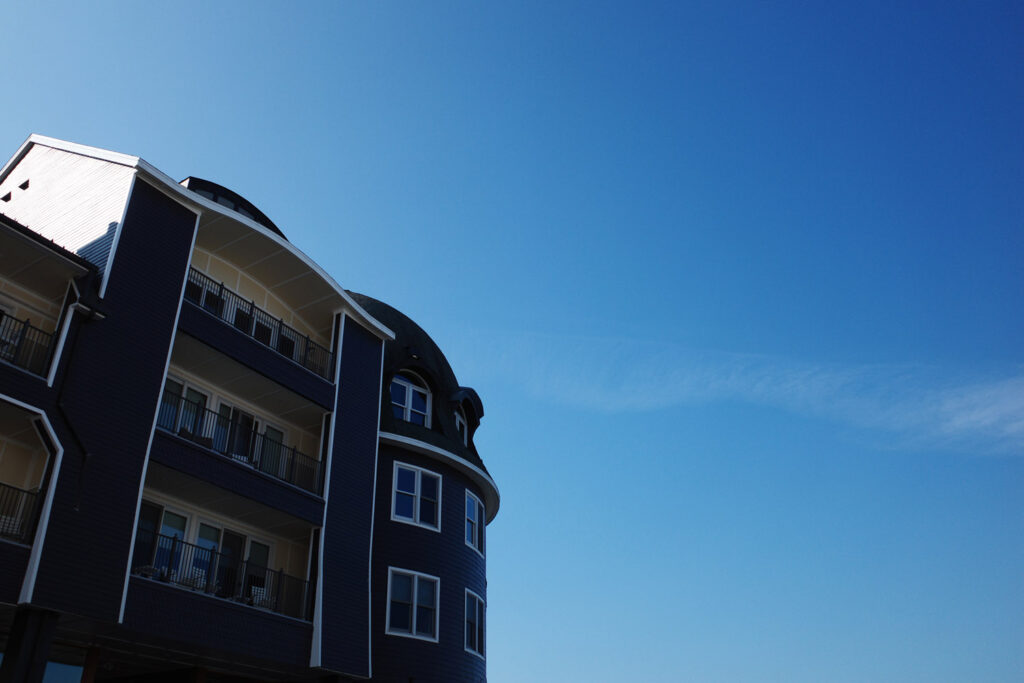
It’s hard to know. Bay View, the beautiful little settlement within Petoskey, feels old today, though it was also new once. In fact, Bay Harbor is most acutely comparable to Bay View. Both were planned communities, both have golf courses and organized recreation, concert halls and temporary lodging. Is it only the imperfection gifted by time that makes Bay View feel real?
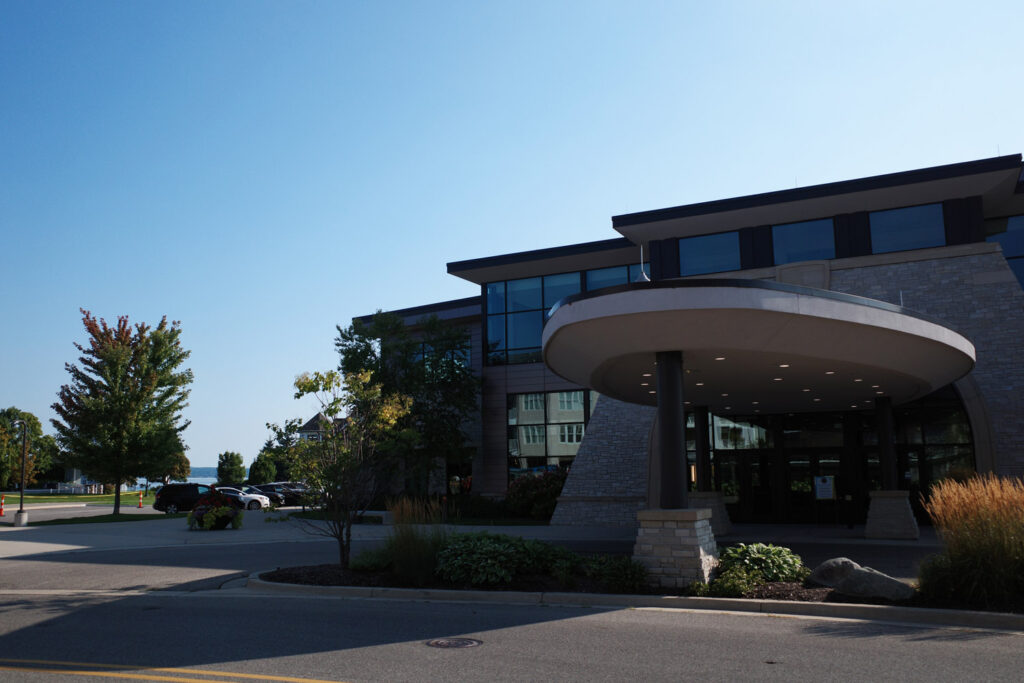
I don’t think so. There are other factors too. The architecture in Bay View is simply better. More classic, more timeless, more tasteful. The designs of the built environment all seem tooled to age gracefully. It feels like they had some kind of foresight that we lack. I am fully aware that time and nostalgia warps our minds and perceptions, but I’m just not sure if Bay Harbor will ever age the same way.
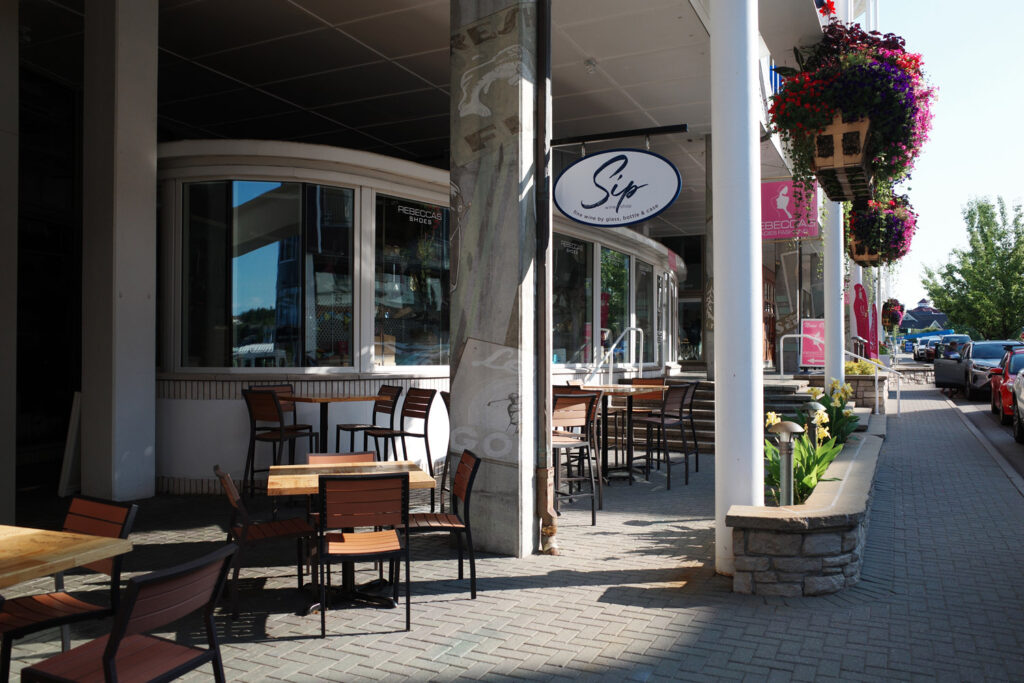
Bay Harbor might just be the nicest place you can build new, but it’s still not as nice as the old places up here. It would be easy and satisfying to indict the builders or the designers, to look down and critique with overly certain indignation, but I can’t do it. I think they did their best, and I am genuinely unaware of any new settlement that’s nicer.
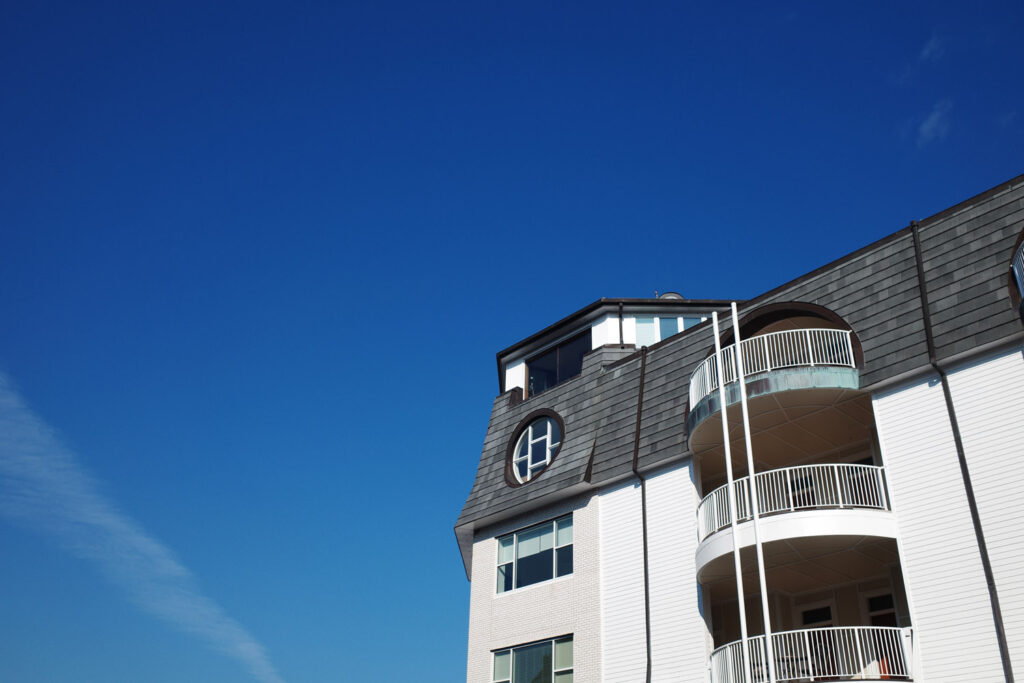
The question we are left with is philosophical; one about time, perception, perfection, and planning. Building new settlements where there was previously no civilization is part of the American spirit. Without builders, there would be no new world. The nostalgic chose to stay home; the bold came and built where we live today.
But can we build and make it real? Can we settle and make it authentic? Can we dream of making new places and have them feel like home? It’s a fundamental question of the modern world. I don’t know if there’s an easy answer.
O.W. Root is a writer based in Northern Michigan, with a focus on nature, food, style, and culture. Follow him on X @NecktieSalvage.
